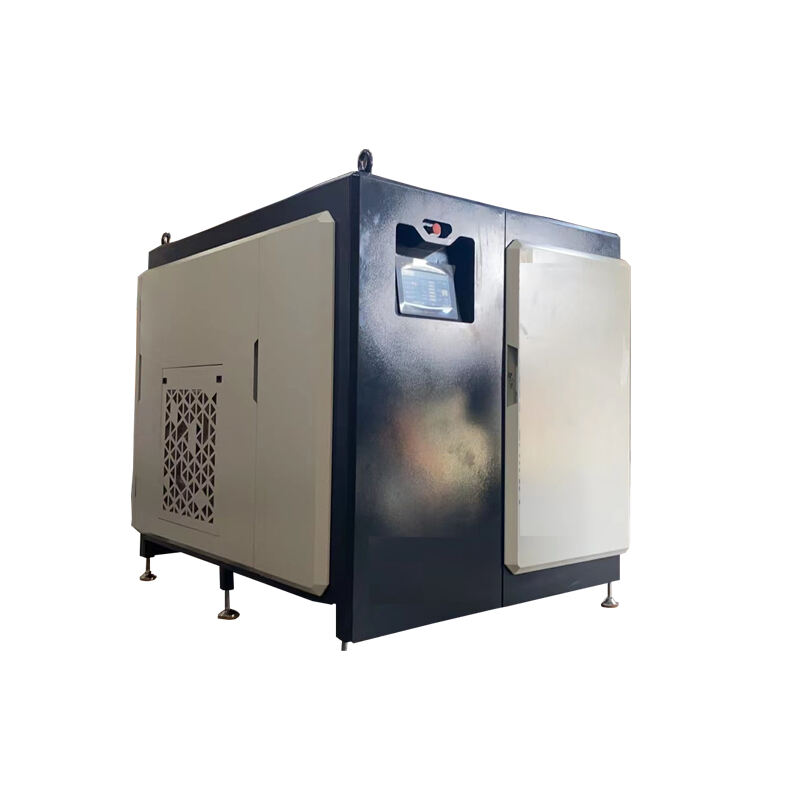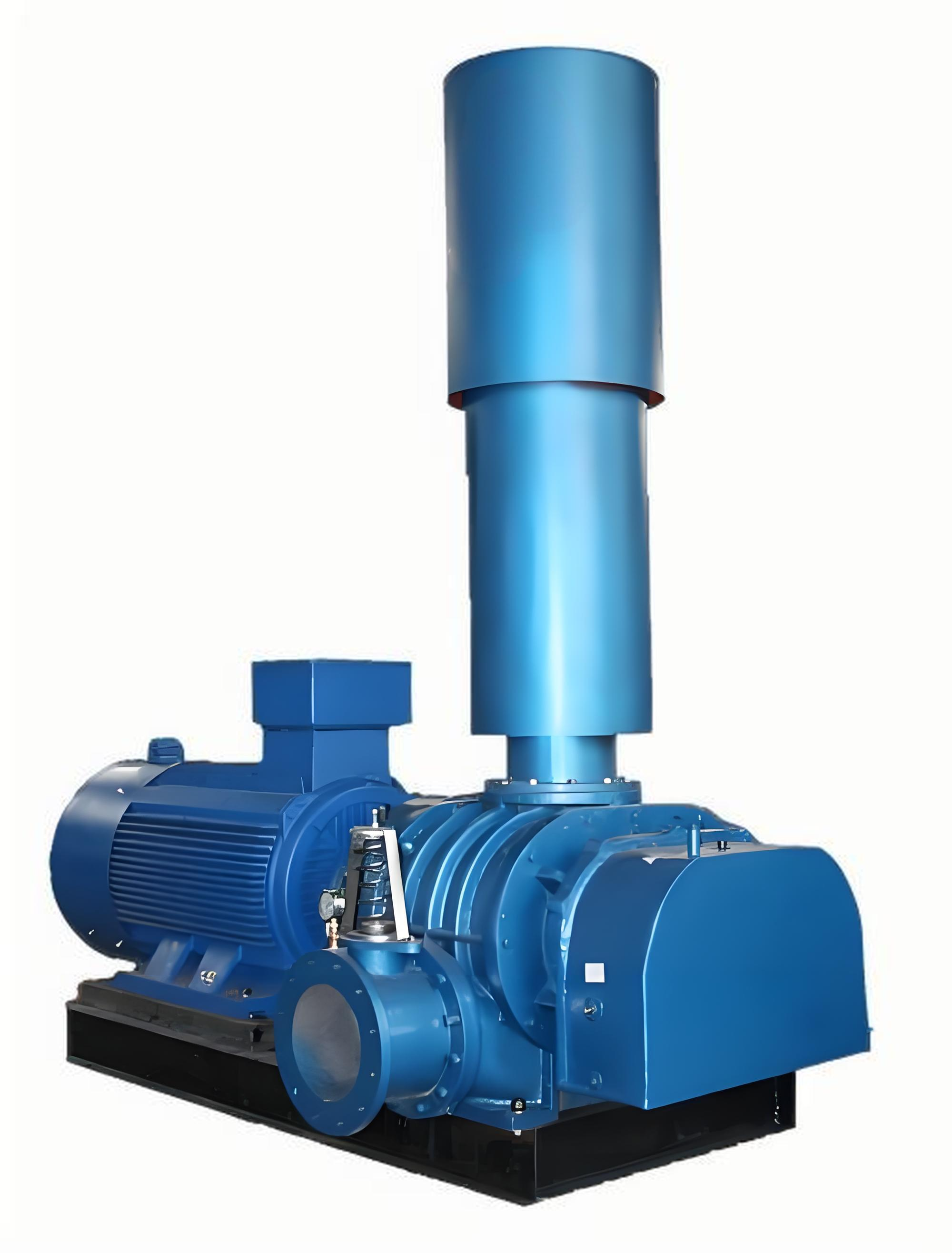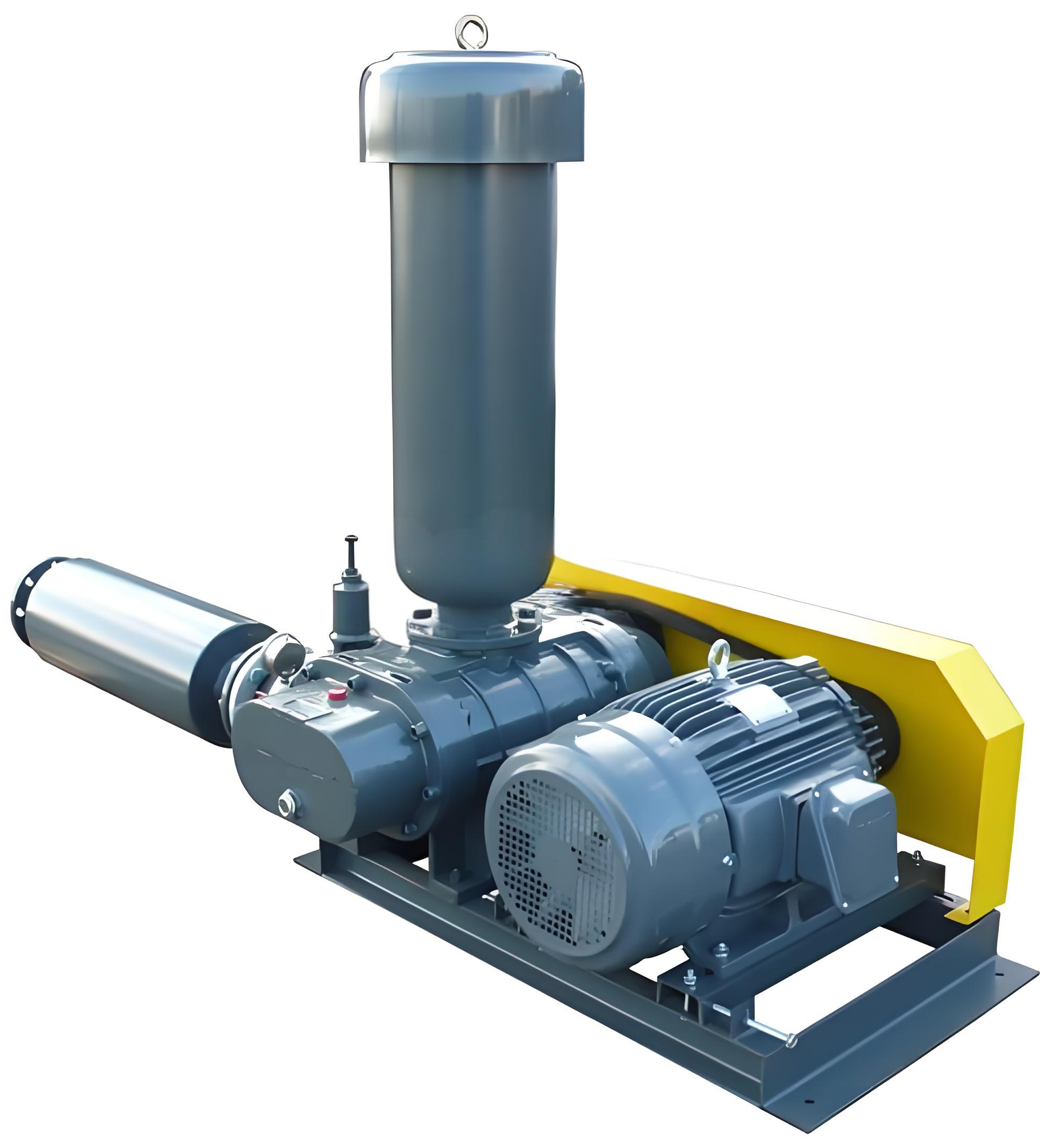waste water treatment blower
A wastewater treatment blower is a critical piece of equipment designed to supply essential air or oxygen to the biological treatment process in wastewater facilities. This sophisticated machinery functions by compressing and delivering large volumes of air into aeration tanks, where microorganisms break down organic matter. The blower system typically consists of high-efficiency motors, precision-engineered impellers, and advanced control systems that work in harmony to maintain optimal oxygen levels. Modern wastewater treatment blowers incorporate cutting-edge technologies such as variable frequency drives (VFDs) for energy-efficient operation and smart monitoring systems for real-time performance optimization. These units are designed to operate continuously in demanding environments, featuring robust construction with corrosion-resistant materials and specialized bearings for extended service life. The applications of these blowers extend beyond traditional municipal wastewater treatment to include industrial waste processing, aquaculture, and environmental remediation projects. Their capability to deliver precise airflow rates while maintaining energy efficiency makes them indispensable in both large-scale urban treatment plants and smaller decentralized facilities.



